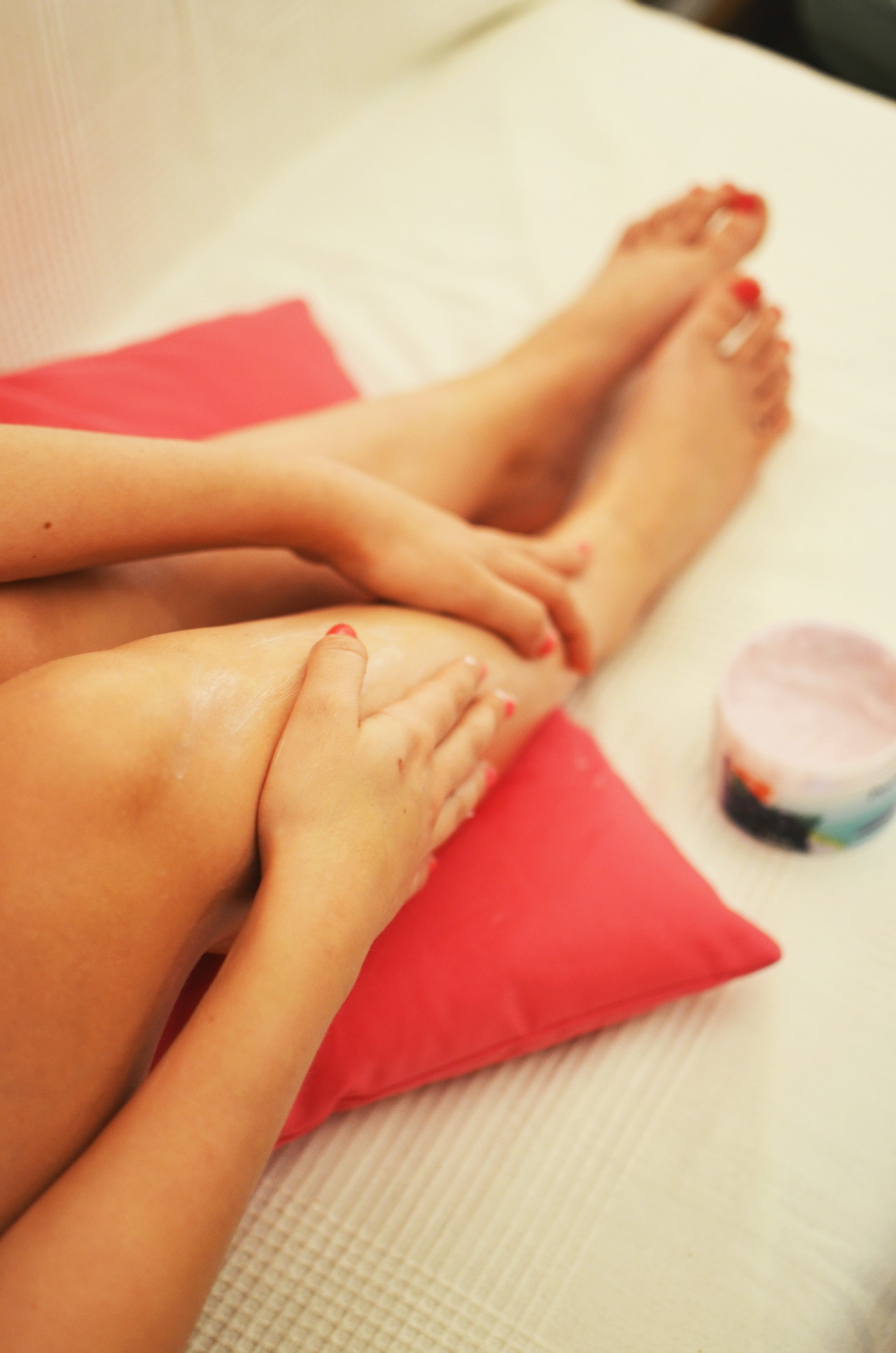Your Ultimate Guide to Pigmentation Removal in Singapore
Like many things in life, it is not always easy to achieve clear and healthy skin. Despite claims from various manufacturers and aestheticians, an all-cure miracle cream or treatment does not exist and if you think about it, maybe there won’t be one in the market anytime soon because it is not a ‘one-solution-fits-all’ kind of problem. In order to achieve a clear complexion, you must identify first the root of the problem – what the skin concern is – before looking into the available options.
For people in a tropical country like Singapore, there is a skin condition that is known to be the unintentional result of spending too much time outdoors without proper sun protection. Skin pigmentation can manifest as dark patches on the body and face, such as sunspots, freckles, and melasma. These dark spots are made of melanin, a natural pigment that gives colour to our skin, eyes, and hair. Essentially, the amount of melanin in the skin determines whether you have a light or dark complexion – the more melanin there is in your skin, the darker your skin color. Melanin, on the other hand, is produced by melanocytes. These cells contain melanosomes, which is the site of storage and transport of melanin. The transfer of melanosomes, and therefore melanin, to the epidermis and dermis layer of the skin determines the type of pigmentation that your skin has, and which treatment for pigmentation removal in Singapore will be most suitable for you.
It is worth noting that skin pigmentation issues may have long-term implications if left untreated. Consider the following case: a small darkened area may take months or years to fade, but with the help of correct medical treatments, it can heal at a faster rate. However, treating pigmentation in certain areas can be difficult, too; a method can be applied in some areas may be too harsh for other sections that have thin skin. Moreover, clinical studies show that women are more susceptible to skin conditions like freckles, melasma, and Hori’s naevus. This means that women have a lot more to consider before getting pigmentation treatments and one such thing is the safety of undergoing a particular procedure if the patient is, for example, a new mother or is currently lactating.
This article from MY Medical Aesthetics, a premier aesthetic clinic in Singapore, will discuss pertinent information about pigmentation: what are the causes of skin pigmentation, what are the common types, and the list of available treatments in Singapore today. We will also answer your question about the safety of pigmentation treatments for new mothers and lactating women.
Causes of Skin Pigmentation
Skin pigmentation can occur in all skin types and can appear anywhere from the face, neck, décolletage, body, and hands. It is caused by the following factors:
- Sun exposure. This is considered as the main culprit behind most cases of skin pigmentation. Prolonged UV exposure sans proper sun protection leads to an increase in the formation of melanin pigments.
- Genetics. If your family has a history of pigmentation, there is a great chance that you will acquire it, too. Freckles and sunspots are the most common genetically-inherited conditions; birthmarks, or pigmentation that is present at birth, is another.
- Hormones. Studies show that women are three times more likely to acquire pigmentation issues than men. Due to an increased production of female hormones, pigmentation is more prevalent in women during or post-pregnancy, or after the onset of menopause.
- Certain medical conditions and medication may also trigger the formation of pigment or hypersensitivity to it.
Common Types of Skin Pigmentation
Pigmentation can be epidermal (first layer of the skin) or dermal (second layer of the skin) and it can be identified upon close-up examination by a qualified aesthetician.
- Freckles. These little brown spots on the skin often appear during early childhood and may continue into the adult stage. Freckles typically affects areas that are most exposed to the sun, such as the upper cheeks and nose. Genetics also plays a big part in the occurrence of freckles.
- Melasma. These are light-to-dark brown or grey patches or spots on the skin that are caused by hormonal changes during pregnancy. Melasma often forms on sun-exposed areas such as the forehead, nose, upper lips, and cheeks and it is prevalent among the middle-aged and dark-skinned Asian women.
- Sunspots (Solar lentigo). Also called liver or age spots, this type of pigmentation is caused by long-term sun exposure. You will usually notice these when you reach your late 20s to early 30s. Sunspots are more common in fair-skinned individuals and can increase in number and size with age and continuous sun exposure.
- Post-inflammatory Hyperpigmentation (PIH). These are discolored patches or spots on the face that forms after inflammation, infection, or injury to the skin. Acne outbreaks, unnecessary squeezing of a pimple, and unsuitable cosmetics and skin procedures can also cause PIHs.
- Hori’s Naevus. This is a genetic skin condition characterized by clustered dark bluish grey marks on the forehead, nose, or cheekbones. Hori’s naevus is almost exclusively associated with middle-aged people of Asian Chinese descent.
To the untrained eye, these skin pigmentations may look extremely similar. Moreover, it is possible for a person to suffer from more than one condition at the same time (melasma with Hori’s naevus, for example), thus making diagnosis much more challenging.
Should you wish to identify the type of pigmentation that you have, you can consult any of the experienced and certified specialists in the MY Medical Aesthetics clinic.
Skin Pigmentation Removal in Singapore
Pigmentation removal in Singapore is a complex process that requires a careful assessment of your condition and skin type. Contrary to the popular belief, there is no single cure for all pigmentation problems; most cases require a combination of medical-grade creams, lasers, and use of sun protection.
Medical-grade creams are different from over-the-counter products because you can only avail medical-grade creams in Singapore if you can present a doctor’s prescription. Medical-grade products are also clinically-tested and specially formulated, which makes them ideal in treating skin pigmentation. Although there are different kinds of medical-grade creams, the most common key ingredients used are tretinoin and hydroquinone. These topical substances are highly effective in lightening melasma. For more severe cases, you will need treatments that are composed of chemical peels, tranexamic acid, and lasers.
Tranexamic acid is an oral medication that has proven effective for patients with darker skin. It is also known to be as effective as hydroquinone and with lesser side effects, too. Chemical peels on the other hand, uses concentrated ingredients and acids that penetrate the outer layer of the skin to improve the appearance of pigmentation. Deep chemical peels are recommended for issues such as severe melasma and PIH. If you only have solar lentigos or freckles, you may consider getting an Intense Pulsed Light (IPL) treatment.
The use of laser technology is another option for pigmentation removal in Singapore. As one of the most advanced treatments, this option is effective is reversing signs of sun damage such as wrinkles, freckles, sunspots, melasma, Hori’s naevus, and pigmentation on the body and face. Different types of laser treatment include pico laser, facial rejuvenation laser, and yellow laser. Pico laser is the most popular laser treatment in Singapore. It is also known as picosecond laser, which can lighten pigmentation using energy delivered at picosecond intervals (a trillionth of a second). If you are planning to undergo a laser procedure, expect that results will show after 4 to 8 sessions.
Are Pigmentation Removal Treatments Safe For New Mothers and Lactating Women?
A woman experiences a lot of bodily changes before, during, and after pregnancy. Treating skin concerns during this period, therefore, is a delicate matter. It is always recommended to avoid toxic substances. Medical-grade creams and topical compounds that contain high dosage of hydroquinone and salicylic acid are not advised. Superficial and medium depth chemical peels, on the other hand, are safe during breastfeeding. IPL and medical-grade lasers for skin toning are considered safe for new mothers and lactating women as well. However, you must remember that hormonal-related pigmentation issues (like melasma) should not immediately be treated and you need to wait until the hormones have stabilized as it may affect the desirability of the results.
MY Medical Aesthetics
108 Middle Rd, #03-03/04 Bernhard Schulte House,
Singapore 188967
+65 6873 8238


